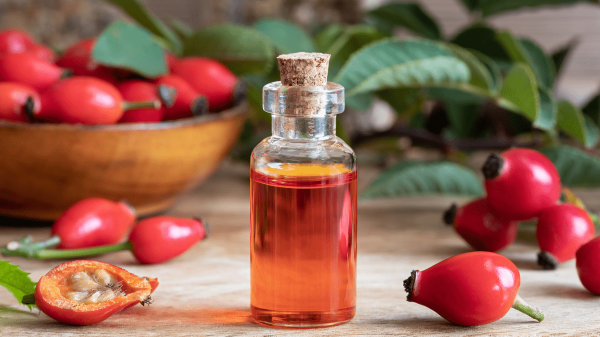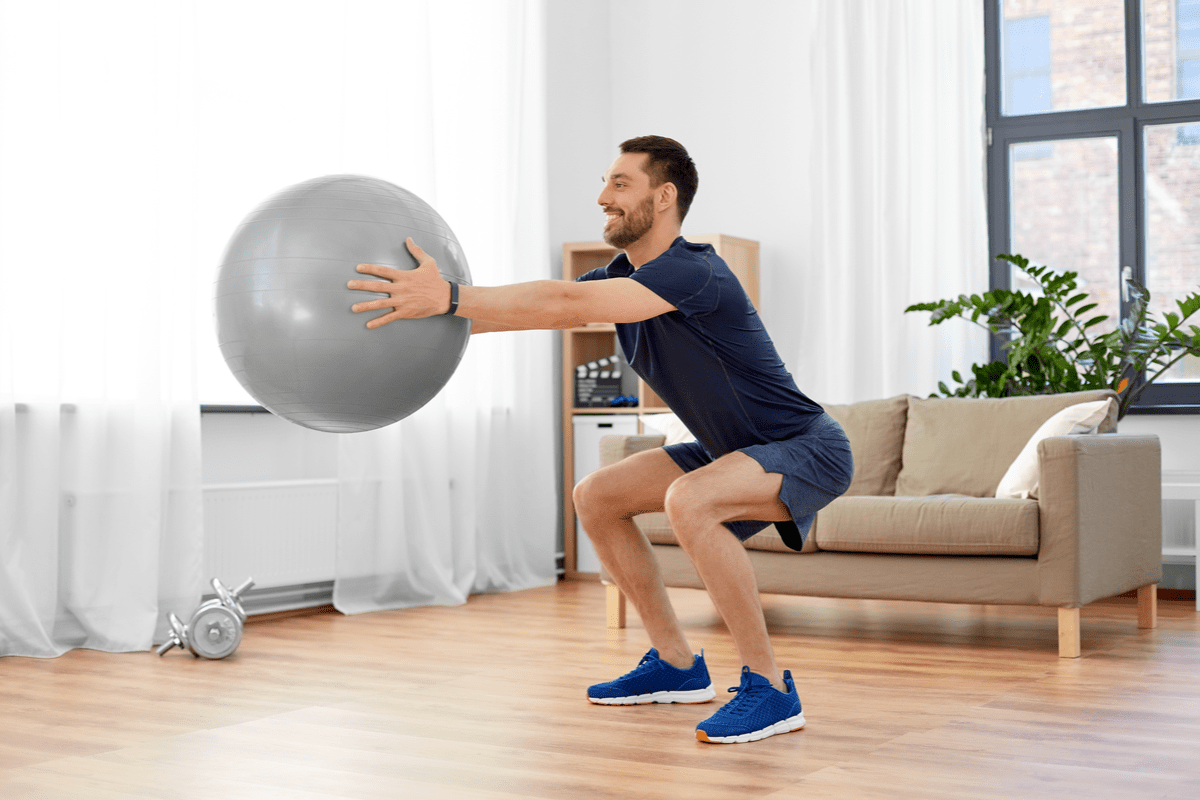Knee joint pains have become a major problem these days among older adults. During aging, a lot of wear and tear occurs in our knees, which interferes with the ability to walk.
Other than the natural aging of knee joints, other factors can contribute to increasing pain. Some injuries, obesity, reduced muscle strength, and osteoarthritis can be the possible causes of such knee joint pains.
In osteoarthritis, the cartilage surrounding knee joints breaks down and results in stiffness, immobility, aching, and swelling. In the US, nearly 32.5 million adults are suffering from this disease, as estimated by the Centers for Disease Control and Prevention.
Tips for Joint support
1. Keep Moving
There is a myth surrounding everywhere that doing physical activity along with arthritis would increase the damage and pains in joints. But the body needs movement and joints to allow that movement.
The reality is movement aids in reducing joint pains and stiffness. It also helps in muscle strengthening and will help you in maintaining an ideal weight. Let’s start moving because these benefits are real!
2. Protect Joints
For people with arthritis, it is quite important to take good care of their joints. This joint-protection goal will help in decreasing the pain and stress placed on your joints.
3. Maintain ideal weight
Apart from joint protection, it is really important to maintain an ideal and healthy weight. Obesity adds to the stress on weight-bearing joints like knees. Studies have indicated that weight loss can significantly reduce the stiffness and pain in knees in people with knee osteoarthritis.
4. Do Low-Impact Exercises
You can start with a low-impact exercise to gain desired results, similar to doing regular exercise. It is a gentle kind of exercise that will not put much stress on joints, especially during intense workouts.
5. Strengthen Muscles
You can perform some strengthening exercises to maintain and improve the muscles surrounding joints. It is quite important to make those joints stronger.
Weight training is one of the popular exercises of strengthening exercises group. Keep your pace and avoid overdoing it. Doing such strength training regularly will make your joints more stable and pain-free.
6. Range-of-Motion Exercises
Typically, arthritis results in a decreased range of motion. To improve your range of motion, you can practice the full range of motion for each joint regularly.
7. Eat an Anti-Inflammatory Diet
It is very important to reduce inflammation in arthritis to improve joint health. In such case, an anti-inflammatory diet is recommended, which include addition and avoidance of certain foods to decrease inflammation as much as possible. A Mediterranean diet is recommended by some sources to keep inflammation low.
8. Joint support supplements (Vitamin D and Calcium)
Calcium and Vitamin D are extremely beneficial for healthy bones. Vitamin D is required for calcium absorption. Vitamin D can be obtained through diet, sunlight, and supplements.
Take vitamin D supplements as per the doctor’s advice if you are having vitamin D deficiency. Low levels of calcium can cause a decline in bone density and can increase the risk of fracture.
















